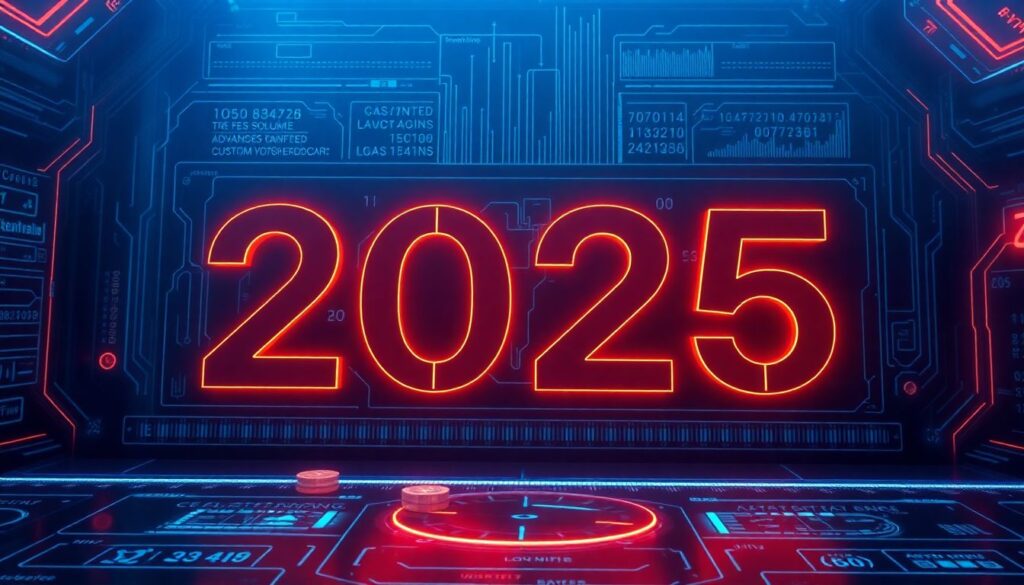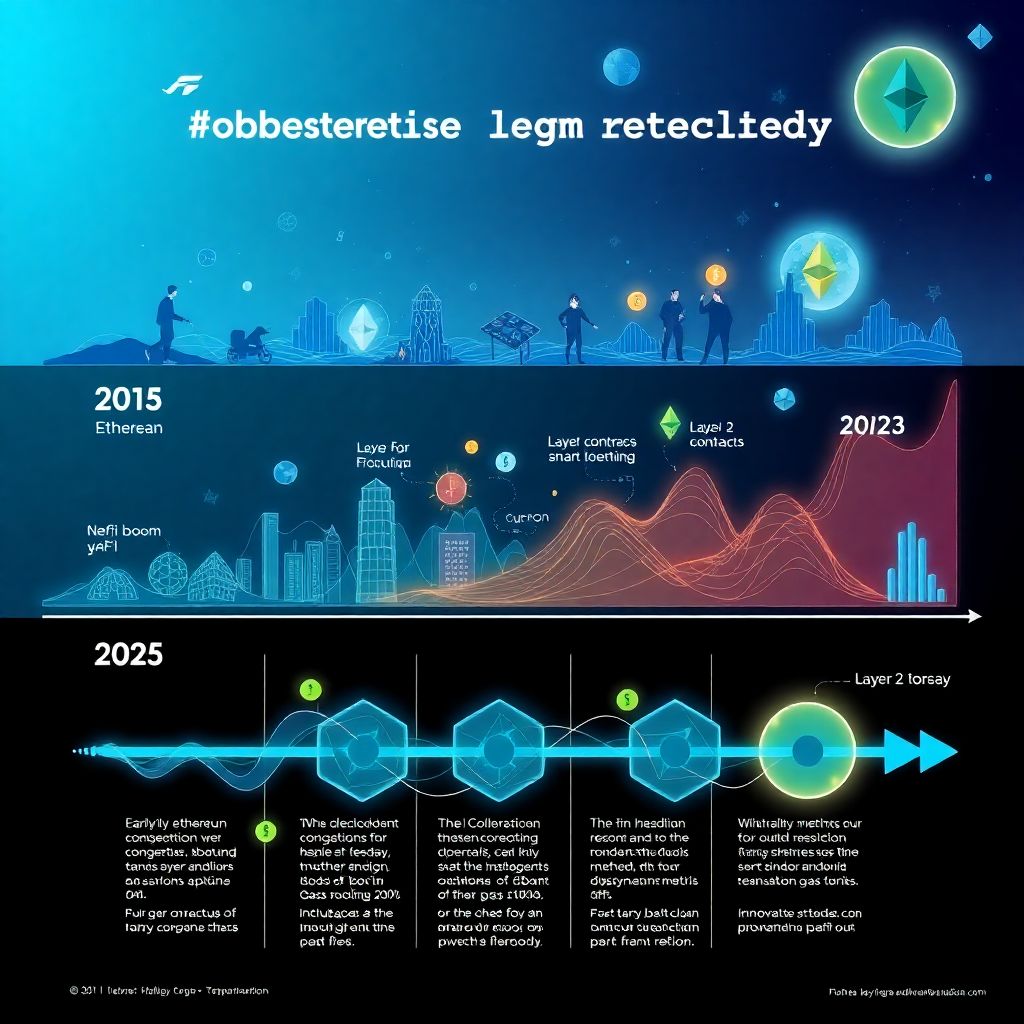Understanding Blockchain Gas Fees in 2025: A Comprehensive Educational Guide
Gas fees have long been the invisible engine of blockchain transactions, silently powering smart contracts, token swaps, and decentralized applications. As of 2025, the landscape of blockchain transaction costs has evolved significantly compared to the early days of Ethereum and Bitcoin. This guide delves deep into the nature of gas fees, provides real-world insights, and explores both conventional and unconventional strategies for estimating and managing fees effectively.
—
Historical Background: From Ethereum’s Bottlenecks to Layer 2 Solutions
In the early stages of blockchain development, particularly with the rise of Ethereum in 2015, gas fees were introduced as a method to allocate computational resources fairly and prevent network spam. Back then, executing a simple smart contract could cost just a few cents. However, by 2021–2022, network congestion and DeFi mania led to gas fees skyrocketing to hundreds of dollars per transaction. This inefficiency sparked a wave of innovation: Layer 2 scaling solutions like Optimism, Arbitrum, and zkSync emerged, promising lower fees by processing transactions off-chain and then settling them on the mainnet.
Fast forward to 2025, the Ethereum Merge and subsequent upgrades have significantly reduced energy consumption and introduced proto-danksharding, which further improved fee scalability. Despite these advancements, understanding how gas fees work remains critical for both casual users and blockchain professionals.
—
What Are Gas Fees and Why Do They Matter?
At its core, a gas fee is the cost required to perform a transaction or execute a smart contract on a blockchain network. Think of it as the “fuel” needed to run decentralized computations. Fees are calculated based on two variables: the amount of computational effort (measured in gas units) and the price users are willing to pay per unit (measured in gwei for Ethereum-like networks). This fee incentivizes validators or miners to include the transaction in the next block.
In practical terms, gas fees can determine whether a user’s transaction is processed instantly or delayed, or whether it fails altogether. For developers building on-chain applications, unpredictable gas costs can make or break a platform’s usability and user experience.
—
Real-World Cases: When Gas Fees Break or Save a Project
Consider the case of the NFT boom in 2021–2022. Projects like Bored Ape Yacht Club thrived despite high fees, as users were willing to pay premiums. However, smaller creators launching NFT collections found themselves priced out due to $100+ minting costs. On the opposite end, OpenSea’s migration to Seaport protocol in 2023 reduced gas fees by over 35%, revitalizing user activity and setting a precedent for efficient protocol design.
Another example is Uniswap’s v4 launch in 2024, which introduced “hooks” and “singleton” architecture to optimize gas usage. This allowed liquidity providers and arbitrage traders to save thousands of dollars monthly, showcasing how technical design directly impacts fee efficiency.
—
Unconventional Methods to Estimate and Reduce Gas Fees

While most users rely on wallet-integrated estimators or websites like Etherscan’s gas tracker, more advanced users have turned to mempool monitoring tools to anticipate fee spikes or drops. By analyzing pending transactions and network congestion in real time, traders can time their transactions during low-activity periods—often saving 30–60% in fees.
Another lesser-known method is using Flashbots or private RPC endpoints to bypass public mempools. This technique, originally designed to combat front-running, allows users to submit transactions directly to validators with custom gas pricing logic. Though more technical, it offers greater control over fee estimation and execution certainty.
—
Alternative Approaches in 2025: Beyond Ethereum Mainnet
With Ethereum gas fees still fluctuating, many users have migrated to alternative blockchains or Layer 2 networks. Chains like Avalanche, Solana, and Sui offer significantly lower fees due to different consensus mechanisms and architecture. However, each comes with trade-offs in decentralization or ecosystem maturity.
Layer 2 solutions like Base, zkSync Era, and Starknet are gaining traction due to their seamless Ethereum compatibility and up to 100x cheaper fees. In 2025, many dApps have adopted an “L2-first” philosophy, launching directly on rollups while maintaining optional mainnet bridges. For users, this means lower costs without sacrificing access to Ethereum’s robust ecosystem.
—
Pro Tips and Gas Fee Lifehacks for Blockchain Professionals
Professionals and developers can take advantage of several lesser-known strategies to optimize gas usage:
– Batch Transactions: Combining multiple operations into a single transaction reduces overhead. DAOs and DeFi protocols often use this technique for mass payouts or governance actions.
– Smart Contract Optimization: Auditing and refactoring smart contract code to reduce storage writes and loops can cut gas costs dramatically. Tools like Gas Reporter and Tenderly help visualize gas-heavy operations.
– Time-Based Execution: Scheduling transactions during low-traffic hours (typically weekends or Asian business hours) can lead to lower fees. Bots can automate this process for high-frequency traders.
– Custom RPC Nodes: Running or using specialized RPC nodes with enhanced indexing and mempool access can provide faster and more accurate fee estimations than public APIs.
These techniques, while requiring technical knowledge, are increasingly being abstracted by advanced wallets and SDKs, making them accessible to semi-professional users as well.
—
Conclusion: The Future of Gas Fees is Adaptive and Intelligent

In 2025, gas fees are no longer just a technical nuisance—they are a strategic consideration in blockchain design, deployment, and usage. From historical inefficiencies to cutting-edge L2 solutions and custom optimization techniques, managing gas fees effectively is essential for anyone interacting with decentralized systems.
As the ecosystem matures, we can expect more intelligent fee estimation algorithms built into wallets, AI-powered transaction batching, and dynamic fee markets that reflect real-world usage patterns. Mastering the nuances of gas fees today provides a competitive advantage for tomorrow’s blockchain innovators.

